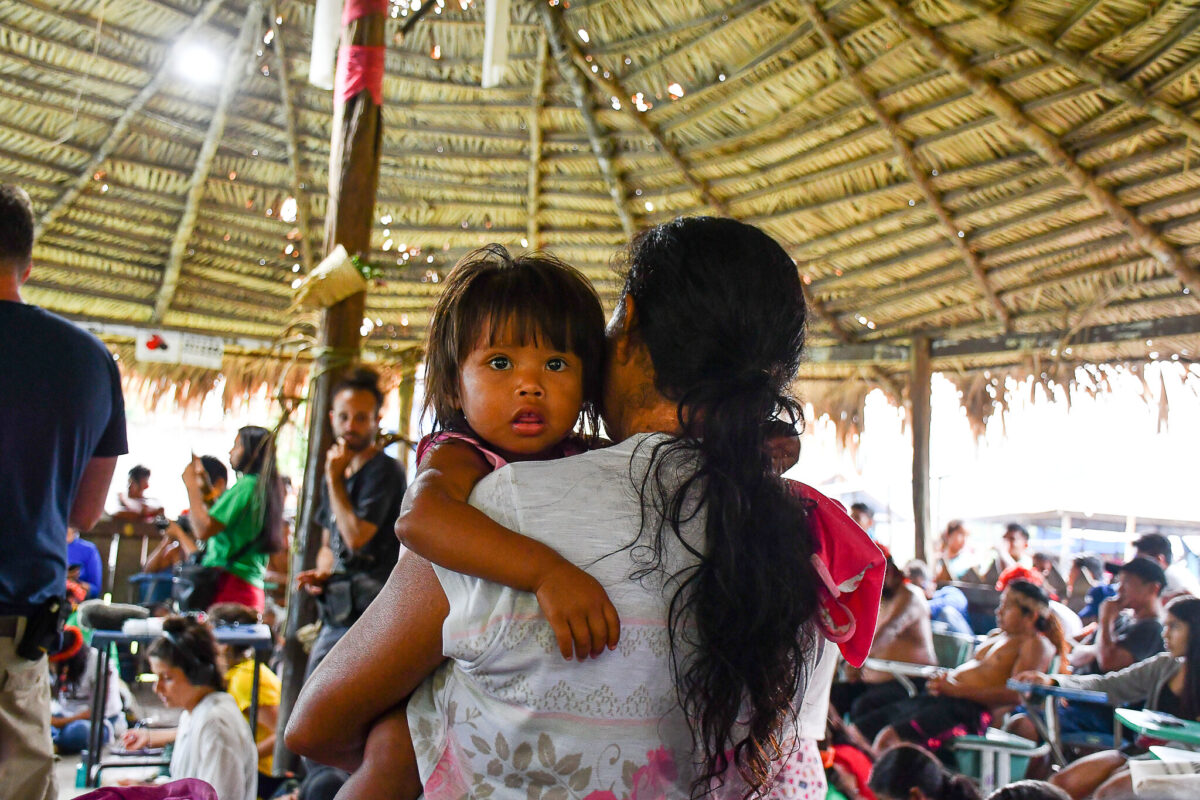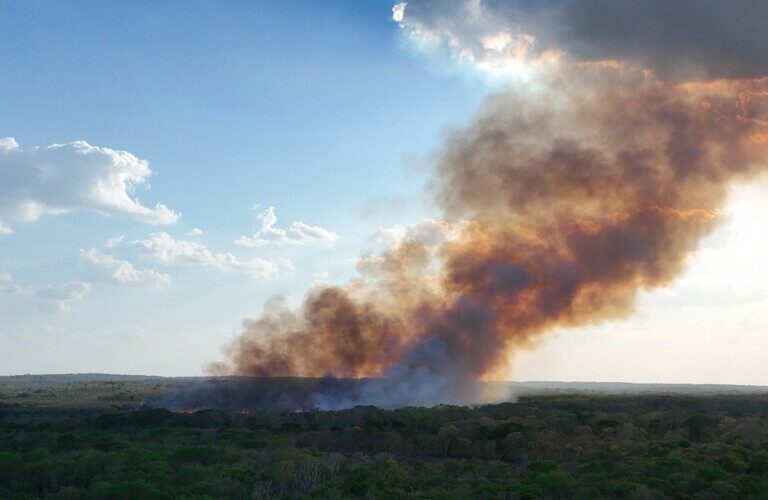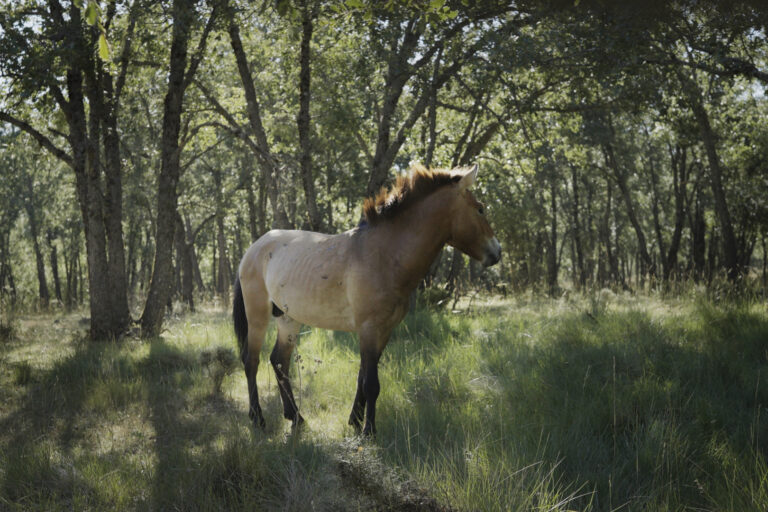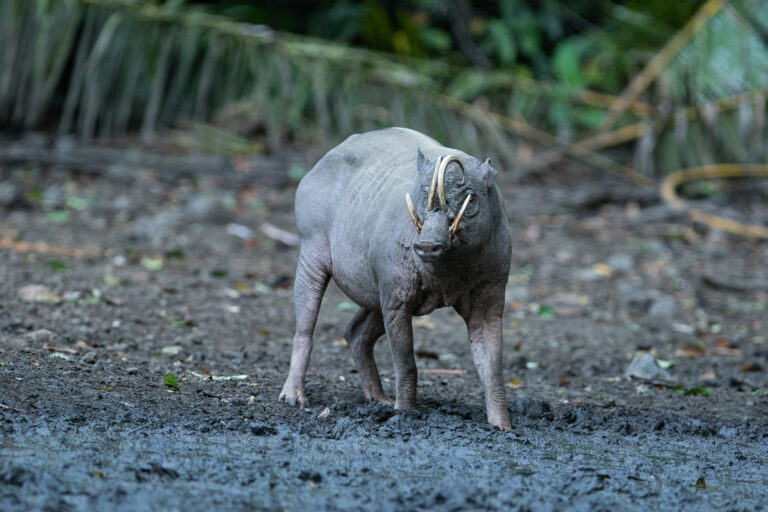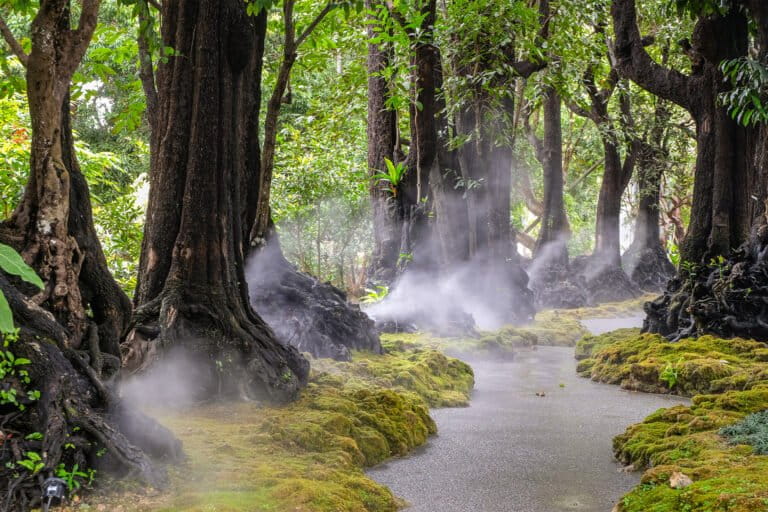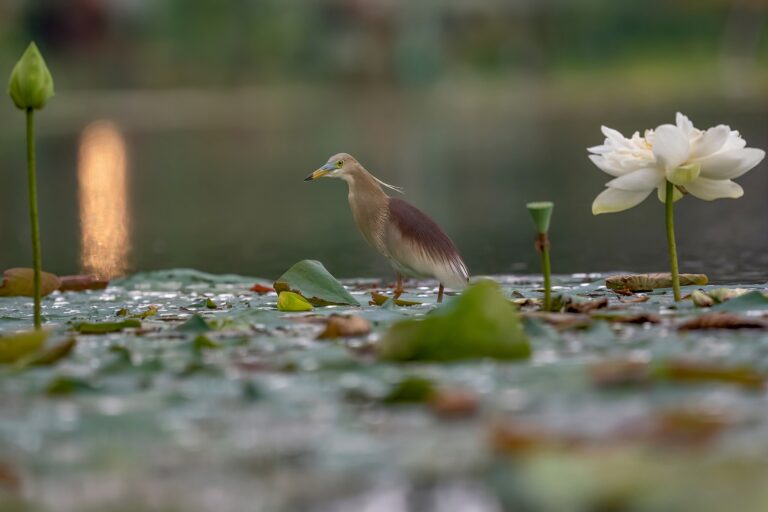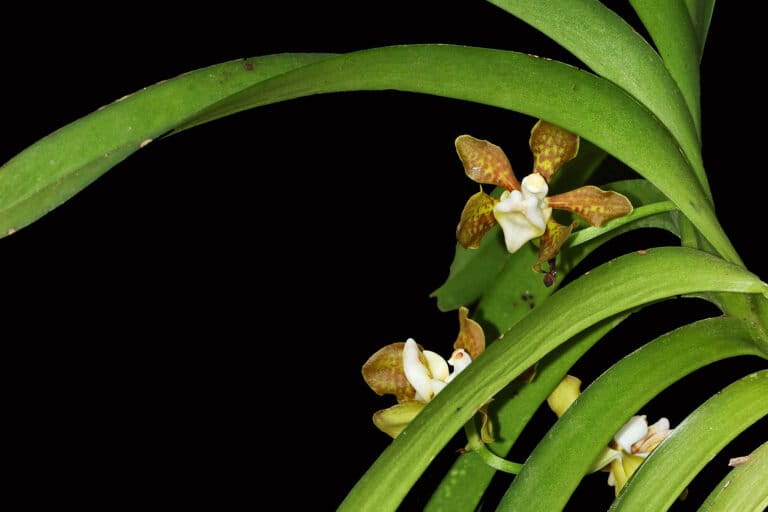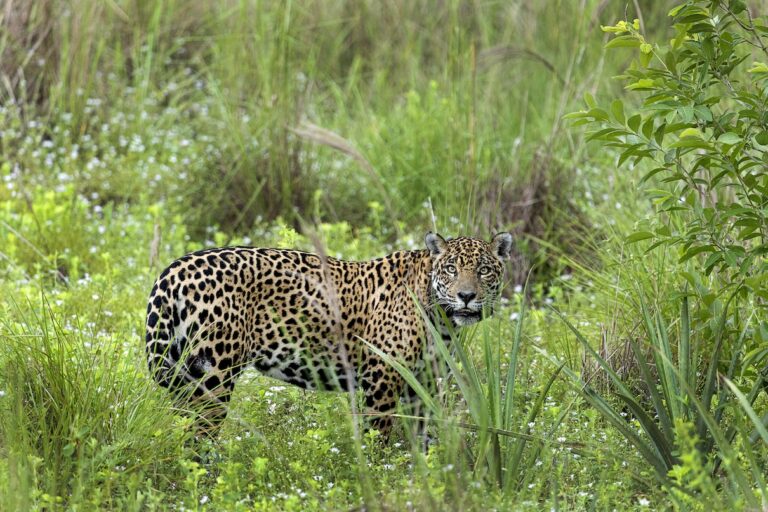New York City is the most densely populated city in the U.S., but along Broadway, a thoroughfare on the northern half of Manhattan’s west side, a series of small parks, known as malls, are providing a green corridor of trees, shrubs and flowers for birds and insects.
The Broadway Malls are a series of small parks each measuring roughly 73 by 6 meters (240 by 20 feet). They serve as a median in the middle of the road and together comprise more than 4 hectares (10 acres) of green space, running 8 kilometers (5 miles) long.
The malls were established in the 1850s, around the same time as Central Park.
“The idea was to imitate the boulevards of Europe, namely France, create that grandiosity of a very wide avenue with a pedestrian path in the middle,” Ian Olsen, director of horticulture with the nonprofit Broadway Mall Association (BMA), told Mongabay in a video call.
By the 1960s, the malls were neglected “tubs of dirt,” Olsen said. In the ’80s, the BMA began to revitalize the spaces, largely with nonnative plants like English ivy. “Things that look nice on a median but don’t have a lot of ecological value,” Olsen said.
Now, Olsen and his team are removing the nonnative species and replacing them with native plants including golden rod, columbine, aster and sedge.
They’ve so far given the native plant facelift to six of the 83 malls and they’re seeing results. Jay Holmes, a naturalist with the American Museum of Natural History, created an iNaturalist project for the mall between 150th and 151st streets. So far, citizen scientists have recorded more than 100 species of plants and animals there, including several species of bees, moths and butterflies.
Holmes told Mongabay by email that he observed a parasitic bee that lays its eggs in the nests of other bees. “You might consider that a problem, but I was super excited, it is an ecosystem! To have predators, you need to have prey. The plants attracted the plant dependent insects, and the predators were coming in!”
Birds are also making use of the string of parks. New York City is on the Atlantic Flyway and a crucial stopover for roughly 25 million migrating birds annually. The tiny pockets of green space with trees for rest and insects to eat “may help fill critical habitat gaps, offering refuge for migratory birds passing through the city,” Dustin Partridge, director of conservation and science with the nonprofit NYC Bird Alliance, told Mongabay in an email.
Bird Alliance surveys have documented 17 species using the malls, including Baltimore orioles (Icterus galbula) and blackpoll warblers (Setophaga striata).
“If birds are finding these habitats useful, as our early data suggests, we hope our findings will help support further restoration of the Malls and inspire similar efforts in New York City and beyond,” Partridge said.
Banner image of a Broadway Mall courtesy of the BMA.




